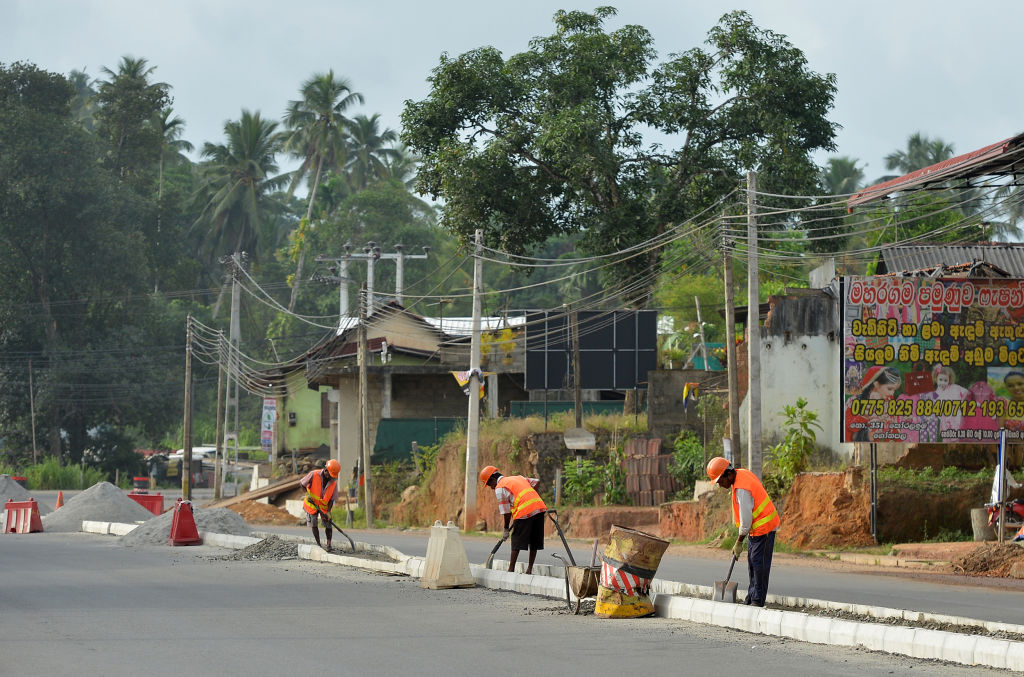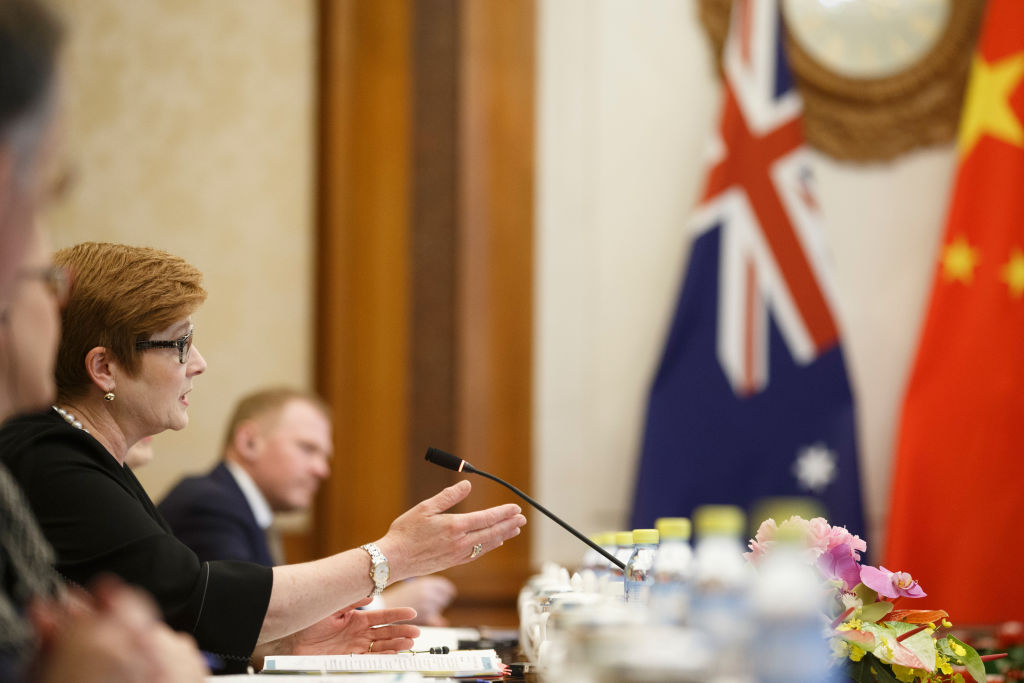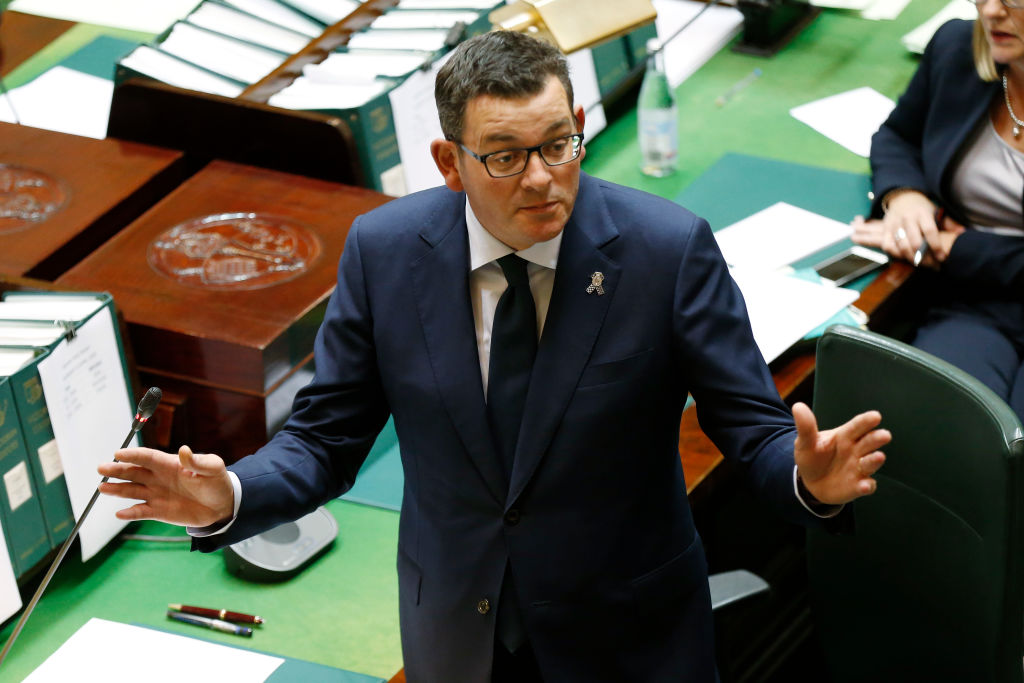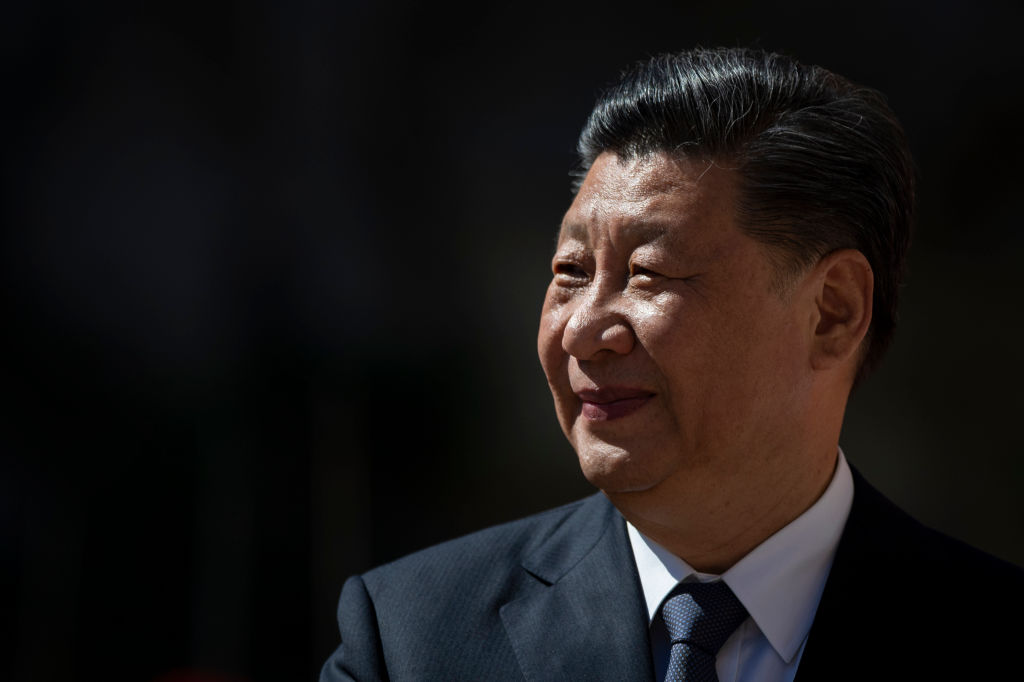Editors’ picks for 2024: ‘Exclusive: Inside Beijing’s app collecting information from Belt and Road companies’

Originally published on 27 September 2024.
China’s Ministry of Foreign Affairs operates a secure digital platform that connects it directly with Chinese companies operating abroad, requiring participating companies to submit regular reports about their activities and local security conditions to the government, internal documents reveal.
The documents obtained and verified by ASPI’s China Investigations and Analysis team show how the platform, called Safe Silk Road (平安丝路), collects information from companies participating in the Belt and Road Initiative (BRI), Chinese leader Xi Jinping’s signature foreign policy initiative. The BRI has facilitated Chinese infrastructure projects and other investment in more than 100 countries, particularly developing regions. The Safe Silk Road platform was initially launched in 2017 and is now used by at least dozens of Chinese companies across several continents.
By tapping into the extensive network of Chinese companies engaged in projects around the world, the platform demonstrates how Beijing is finding new ways of improving its global information and intelligence collection to better assess risks, and ultimately protect its interests and its citizens, even in the most remote corners of the world. The Safe Silk Road platform is one more building block in the growing global infrastructure that seeks to place the Chinese government at the center of the Chinese experience abroad, and that replicates some of the structures of information collection and surveillance that have now become ubiquitous within China.
The MFA’s External Security Affairs Department (涉外安全事务司), which operates the Safe Silk Road, has said the platform is a direct response to the difficulty of obtaining information relevant to Chinese companies abroad. The information the app collects feeds into the department’s assessments. The platform is also part of a trend across Chinese government ministries of creating apps to facilitate some of the work they were already doing.
ASPI is the first organisation to report on the Safe Silk Road platform. It is mentioned on some regional Chinese government websites but has not been covered by Chinese state media. The platform operates through a website and an associated mobile app that can only be accessed with registered accounts.
The platform is not available for download in app stores. The documents state that the platform is only intended for companies’ internal use, and that users are strictly prohibited from circulating information about it online. Companies can apply for an account through the MFA’s External Security Affairs Department or their local consulate and, once approved, designate an official contact person within the company, called a ‘company liaison officer’ (公司联络员), who is authorized to submit reports and use the app’s full functionality. The MFA provides companies with a QR code to download the app and requires companies to use the platform’s bespoke VPN with the app and desktop version.

Companies are asked to submit quarterly reports through the app. Those reports include basic information such as the name, national ID number and contact information of the owner, the region in which the company operates, its sector or industry, the amount of investment in US dollars, the number of Chinese and local employees, and whether it has registered with a local Chinese embassy or consulate, according to internal company documents viewed by ASPI analysts.
The app has a feature called ‘one-click report’ for ‘sudden incidents’ (突发事件) that allows users to report local security-related incidents directly to the MFA, according to the documents and other materials. The reporting feature includes the following categories: war/unrest, terrorist attack, conflict between Chinese and foreign workers, protest, kidnapping, gun shooting, production safety accident, contagion/epidemic, flood, earthquake, fire, tsunami, and other. The user can then provide more information including date, location and other details about the incident.
The reporting form also asks the company to provide information about its ‘overseas rights protection object’ (海外权益保护对象) and ‘police resources database object’ (警务资源库对象). An ‘overseas rights protection object’ may refer to patents, trademarks, and copyrights held by the company; the Chinese government has made protecting the intellectual property of Chinese companies a key focus in recent years. ‘Police resources database object’ is a vague term that may refer to security contractors, Chinese overseas police activity, or physical assets or company personnel that need protecting.
Users can subscribe to real-time security updates for their region and register to attend online safety training classes. There is even a video-conference feature within the app that allows embassy officials to call the app user directly. It is common for foreign ministries to create digital services that provide information and security alerts for their citizens abroad—such as Australia’s ‘Smartraveller’, the US Smart Traveler Enrollment Program (STEP), and China’s own ‘China Consul’ (中国领事).
The Safe Silk Road platform, however, is different. It is not public-facing, it is tailored specifically for BRI companies and, most importantly, it asks for detailed information from those companies about their own activities and local conditions, rather than just offering helpful information. For some companies, participation may even be compulsory.

ASPI’s analysis of the Safe Silk Road platform underscores Beijing’s determination to safeguard its global infrastructure and investment power play under the BRI. As China’s investment in developing regions has grown, so has Beijing’s emphasis on protecting its citizens, companies, and assets abroad.
As of December 2023, about 150 countries had joined the BRI. According to the official Belt and Road Portal, China has 346,000 workers dispatched overseas. BRI-affiliated companies often run projects in regions with underdeveloped infrastructure, high poverty, poor governance, lack of quality medical care, domestic political instability, violent crime, and terrorist attacks. Private security contracting companies are increasingly offering their services to Chinese companies abroad. The number of Chinese private security contractors has expanded dramatically in recent years as BRI companies have faced growing security challenges.
Several events over the past few years, including the pandemic and a string of attacks in Pakistan in 2021 targeting Chinese nationals supporting BRI projects, have underscored to Beijing the need for better security measures. At the third Belt and Road symposium in 2021, Xi Jinping said China needed ‘an all-weather early warning and comprehensive assessment service platform for overseas project risks’. The External Security Affairs Department said the same year that ‘the difficulty of obtaining security information is one of the major problems faced by companies who “go out”’, referring to Chinese companies that invest overseas. To address this concern, the department ‘launched the Safe Silk Road website and the related mobile app to gather information about security risks in Belt and Road countries to directly serve company personnel engaged in projects overseas’. The department said that in 2021 the app was used to disseminate 13,000 pieces of information, including more than 2,800 early warnings.
More broadly, the platform is illustrative as a digital tool to help Beijing protect its interests abroad. The External Security Affairs Department was established in 2004 in response to a perceived increase in kidnappings and terrorist attacks targeting Chinese nationals abroad, but its role in China’s security policy has expanded since then.
The department’s leading role in ‘protecting China’s interests abroad’ (中国海外利益保护) meets an objective increasingly found in official Chinese Communist Party documents and Chinese law. This objective appears in China’s National Security Strategy 2021–2025, the new Foreign Relations Law 2023, and new regulations on consular protection and assistance passed in 2023. The party’s ability and readiness to protect China’s interests abroad is considered one of the historic achievements of the party, according to a resolution it passed in 2021.
But the exact scope of China’s interests abroad is still a matter of debate in the public commentary among Chinese national security and foreign policy academics and analysts. Are China’s interests just the physical security of Chinese nationals and commercial or strategic assets in foreign countries? Or do they also include ‘intangible interests’ (无形利益), such as protecting China’s national image and reputation, and anything else that should be within China’s national interest as a major global power? How the Chinese government currently defines China’s interests abroad is probably somewhere in the middle, and may broaden.
China has a widely recognised deficiency: gaps in its overseas intelligence collection capabilities. Safe Silk Road is part of the toolbox that the External Security Affairs Department uses to extend the range and effectiveness of Beijing’s information-gathering and to better understand the situation on the ground everywhere that China has interests.









